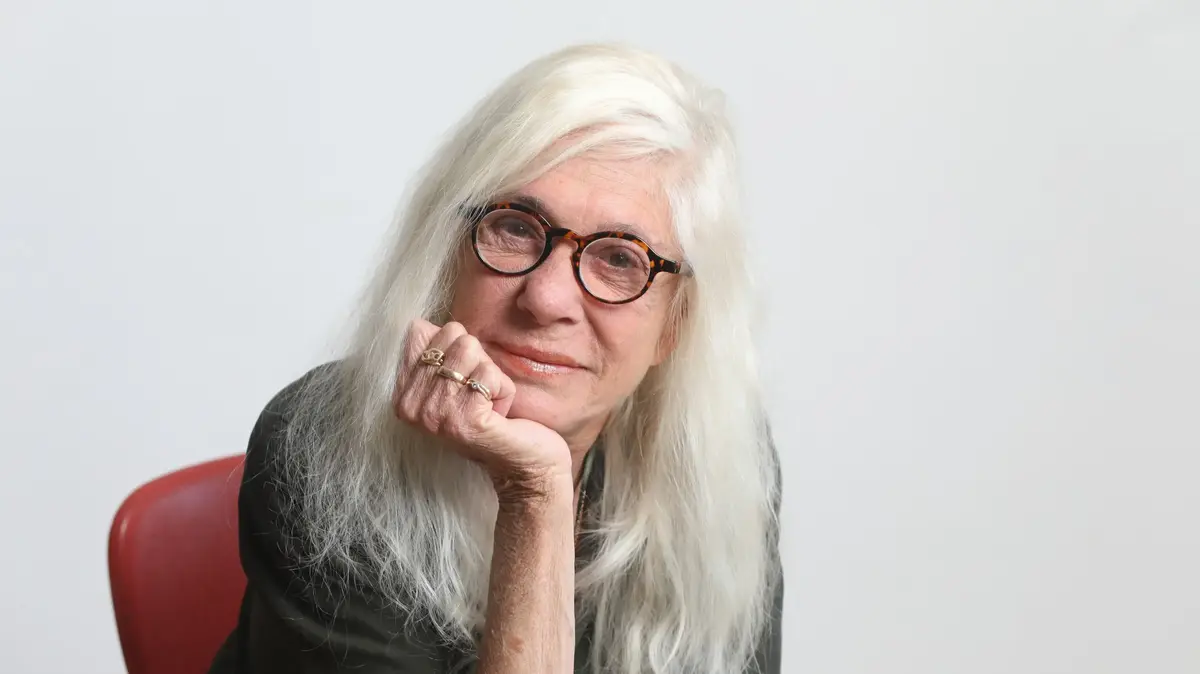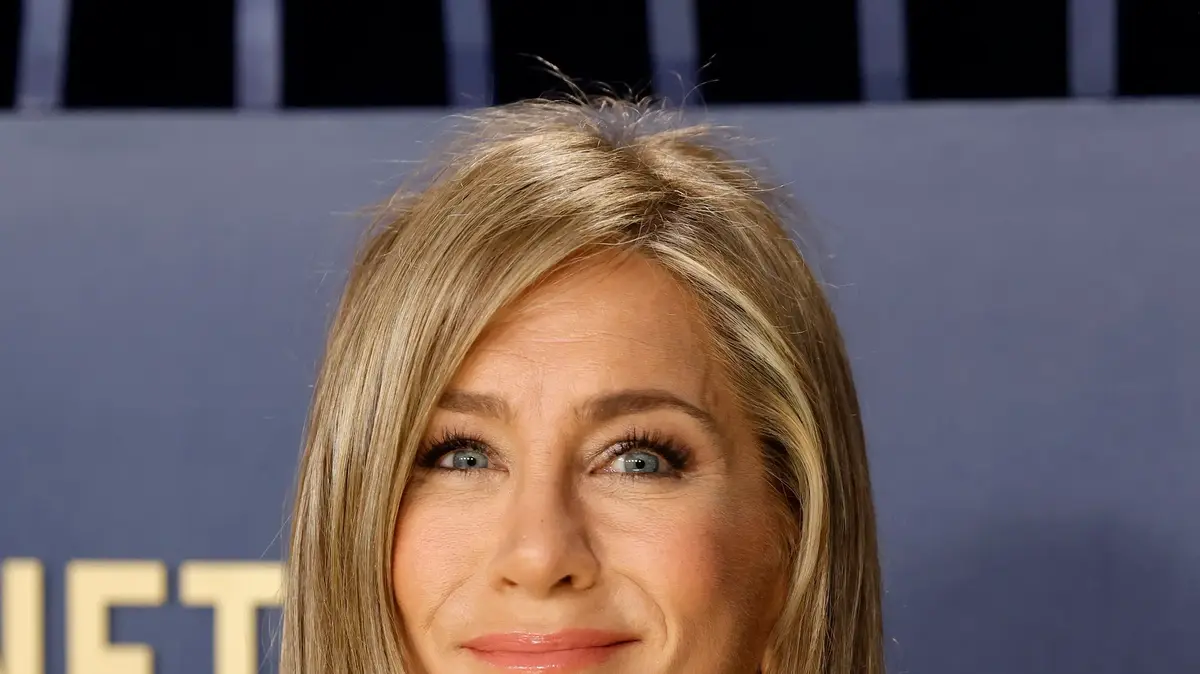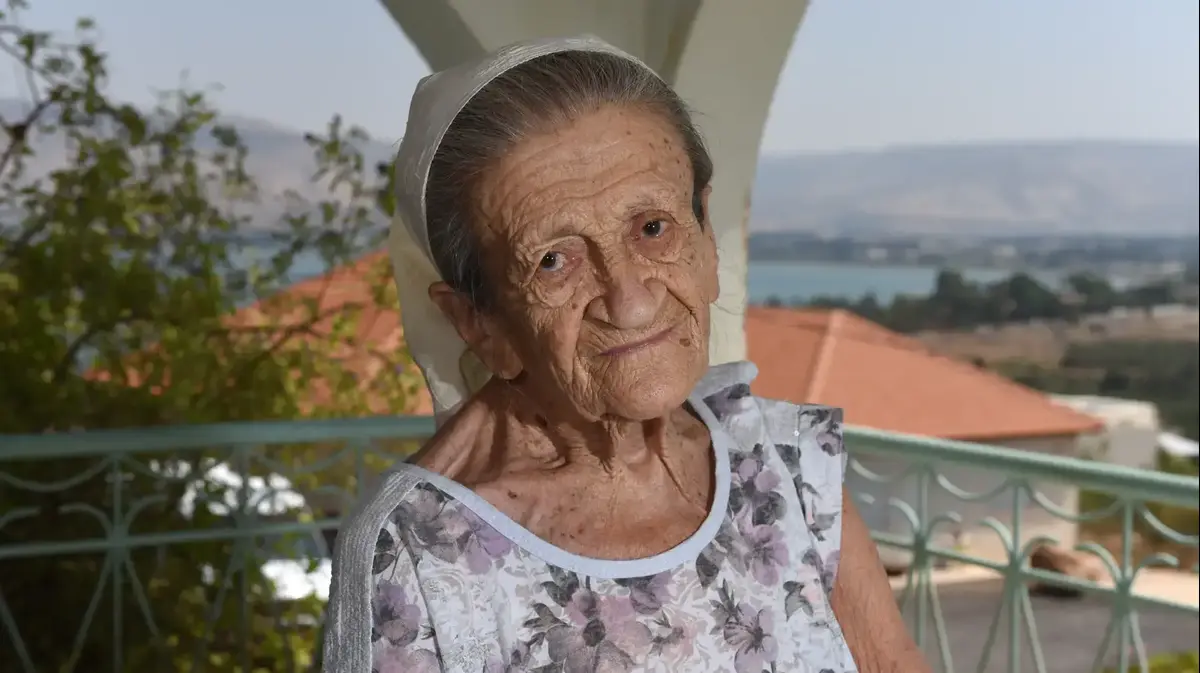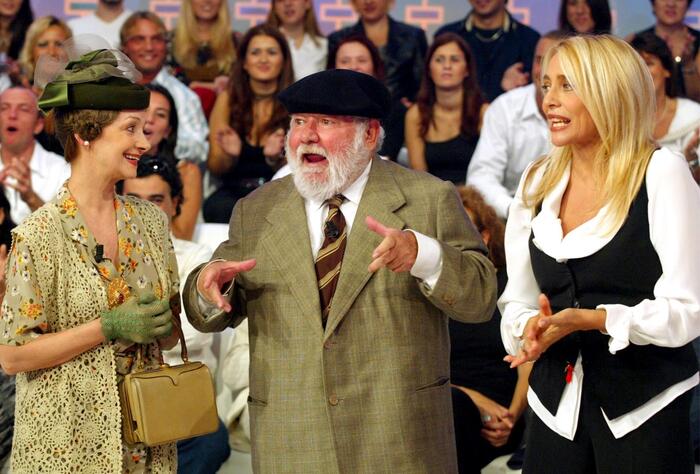Sixteen perspectives and trajectories that synthesize, to a certain extent, the variety and richness of recent Argentine art.
They are those artists over 60 years of age recognized for their contribution with the
National Award for Artistic Career 2021/2022
, as part of the 110th National Salon of Visual Arts.
Each one receives from this distinction
a lifetime pension
from the National State –equivalent to five minimum retirements– and donates a significant work of their production, which becomes part of the patrimony of the National Museum of Fine Arts.
They are Tulio de Sagastizábal (CABA), Claudia Del Río (Santa Fe), Andrés Dorigo (Santa Fe), Cristina Fraire (CABA), Ana Gallardo (CABA), Mónica Giron (Río Negro), David Lamelas (CABA), Blanca Machuca (Tucumán), Eduardo Médici (Buenos Aires Province), Lucía Pacenza (CABA), Julio Pantoja (Tucumán), Cristina Piffer (Buenos Aires Province), Marcelo Pombo (CABA), Enrique Salvatierra (Catamarca), Cristina Schiavi ( CABA) and Juan Travnik (CABA).
From the fanzine to the museum.
Untitled, ca.
1984-85.
Woodcut by Marcelo Pombo, one of the 9 donated works.
Created in 2018, this award
annually honors the work of eight living authors
, but last year, exceptionally, double the number were awarded, unifying the years 2020 and 2021, due to the Covid-19 pandemic.
Each artist had to submit up to five works and the evaluation, on this occasion, was in charge of a jury made up of Mag De Santo, Marcelo Del Hoyo,
Andrés Duprat
, Marcela López Sastre,
Mariana Marchesi
, María Cecilia Teruel and Viviana Usubiaga.
Between rooms 37 and 40 on the first floor of the Fine Arts we find the exhibition that brings together the set of works including installations, photographs, video, collages, painting, drawing, objects, sculpture and textiles.
In addition, a federal and gender perspective in the selection of artists stands out.
Curated by the museum's artistic director, Mariana Marchesi, the
exhibition design
gives a prominent place to each work accompanied by a very good summary of the importance of the artist and the donated work.
It is possible to feel that
we pass from one small and valuable universe to another
, just a few steps away, and that the whole takes us into multiple dimensions.
The Anatomy Lesson II, by Eduardo Médici.
At the beginning of the tour there is a magnetic group of drawings by
Claudia del Río
, from 2010 and 2014, where a graphism curled in graphite forms images –self-portraits, flowers, animals– on an extended stain of linen oil that offers its tonality. ocher.
On the wall opposite the previous ones are the xylographs and small-format drawings by
Marcelo Pombo
, from the 80s and 90s, respectively, which refer to the experience of being gay in the post-dictatorship period, plus an object that highlights the manual , domestic, festive.
This last work leads us to think about
Cristina Schiavi
–representative as Pombo of the '90s with epicenter in the Rojas Cultural Center– and her installation
Cíclope
(2001), in reference to technological dependence, in pastel tones and with a share of humor.
Women, landscapes, memories, stories
Various images follow one another where, in different ways, photography is intertwined with the social, historical memory, identity and landscape.
Cristina Fraire
focuses, with poetry and sensitivity, on the inhabitants of the Cordovan mountains, highlighting the link with nature as an inescapable part of her identity in the essay
La vida austera
(2022).
By
Juan Travnik
, 23 of the 75 photographs belonging to his emblematic work
Malvinas are presented.
Portraits and Landscapes of War, 1994-2007
.
Meanwhile, the series Las madres del monte (2007) by
Julio Pantoja
– of which there is a photograph – portrays "(...) peasant, Creole and indigenous women, who face the advance of the agricultural frontier pushed by the use of agrochemicals", as the text of the exhibition reads.
Next to this last work is the forceful installation
Material descargable
(2000), by
Ana Gallardo
, made up of bunches of parsley in the form of vertical lines, alluding to the right of women to decide about their own body, desire, the suffering.
The Darwin Argentine Cemetery, according to Juan Travnik in 2007. Since 1994 he has portrayed ex-combatants.
The two-dimensional work by
Andrés Dorigo
, from last year, pays homage to the nature of the Santa Fe coast, where he mixes his style with environmental problems.
Mónica Girón
's installation
Ajuar para un conquistador
(1993) is also located in its place of origin, Patagonia, warning about the threat to the environment with woven merino wool garments for birds.
The textile proposes another poetics in the work of
Blanca Machuca
El abrazo
(2020), who revalues the manual aspect of culture and gives new meanings to garments and fabrics used with their stories.
White prevails in the sculpture carved in Carrara marble by
Lucía Pacenza
, from 2017, giving shape to one of its columns with rhythms and perspectives between historical and geographical allusions.
It is the predominant white in
Enrique Salvatierra
's painting from the
Cartas a mi padre
series , from 2010, with sheep's wool threads, at an intersection between line and graphics to refer to a family and geographical memory.
The work donated by Cristina Schiavi.
fundamental heritage
“From a historical perspective, the National Award for Artistic Career is fundamental, since it not only recognizes a group of artists for their contribution to art and culture, but
also implies the entry of a work into public heritage
.
The collection of the Museo Nacional de Bellas Artes is enriched and updated with these pieces that, in addition, in dialogue with the rest of the collection, play an active role in the construction of a visual memory and the narrative of Argentine art”, said Marchesi. to
Ñ
.
The painting is presented in
Tulio de Sagastizábal's
acrylic "Doble Cruz del Sur" (2009) with its free geometry of multiple colors achieving joy for perception.
While "The anatomy lesson II" (1995), by
Eduardo Médici
, refers to the painting with the famous image of the dead Christ by the Renaissance Andrea Mantegna adding, through certain conceptual, material and formal operations, diversity of readings.
Meanwhile, the video
El dictator
(1976) by
David Lamelas
"(...) sets in motion the discursive apparatus of the American media to introduce in a parodic key some references to the turbulent reality of Latin America and, in particular, Argentina.", as read in the exhibition.
The history of the country with its violence is also critically analyzed by
Cristina Piffer
in the work
200 pesos fuertes
, from the series
Las marcas del dinero
(2011) made up of serigraphic printing, dehydrated cow blood and safety glass.
Thus, this set of works and artists is completed before which to stop once again to receive everything they offer.
National Award for Artistic Career 2021/2022
Place:
MNBA, Av. del Libertador 1473
Hours:
Tue to Fri from 11 a.m. to 8 p.m.;
Sat and Sun from 10 a.m. to 8 p.m.
Date:
until February 26
Admission: free









